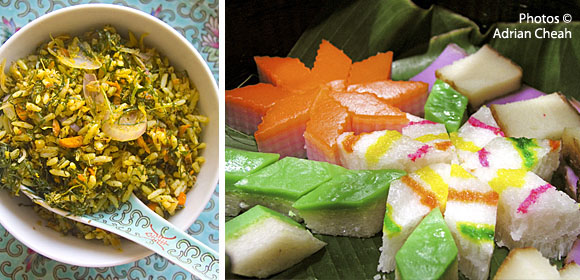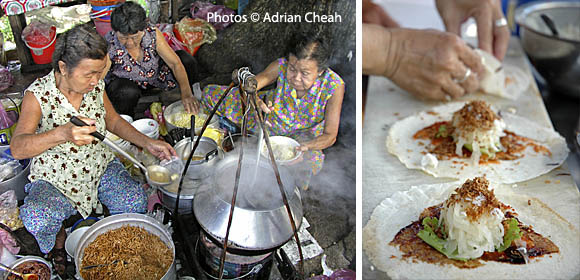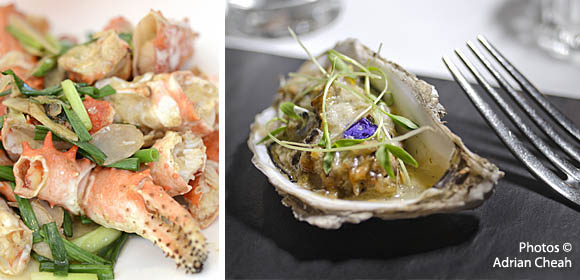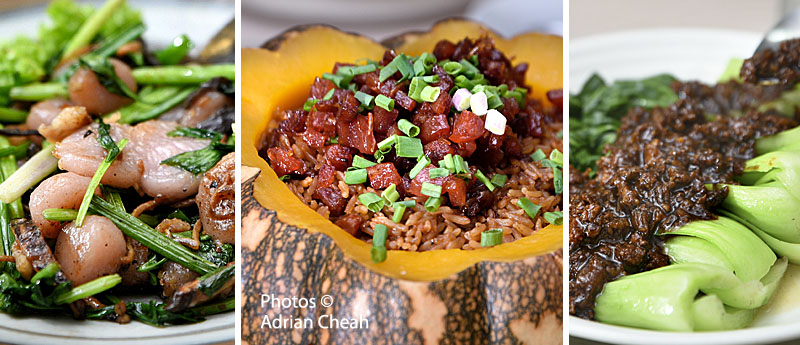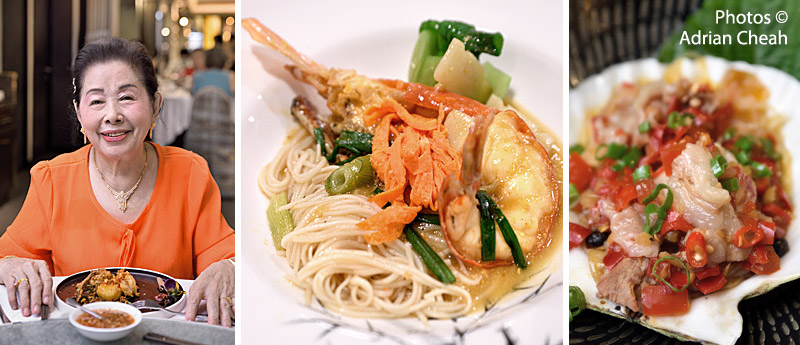Join the club – a true taste of Teochew tradition
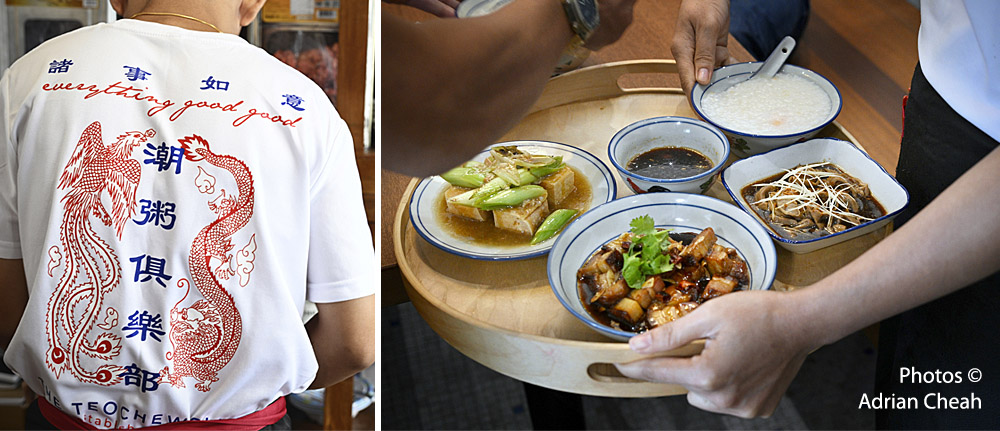
In the heart of Pulau Tikus, where the rhythms of Penang’s past still echo through its streets, there is a place where nostalgia simmers gently over a pot of moi (plain white rice porridge). The Teochew Club, the brainchild of Chef Su Kim Hock, is more than just a late-night eatery – it is a love letter to tradition, a quiet homage to the generations of Teochew immigrants who arrived on the shores of Penang in search of a better life.
Continue Reading
The smoky, savoury and succulent goodness of traditional bak kwa
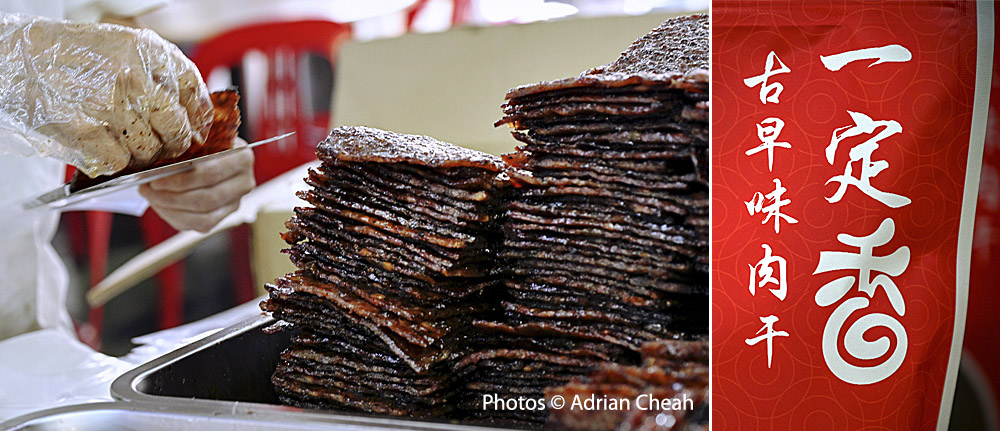
Bak kwa, Hokkien for dried pork jerky, is one of the most beloved snacks during Chinese New Year and it is almost a crime not to have this truly "ho chiak" snack in your home all through the festive season. As the season approaches, roadside stalls across Penang pop up like mushrooms after a rainy day, offering not just bak kwa but also hampers, festive cookies and kam (mandarin oranges).
Continue Reading
Wu Wei Tea – What a tea-tillating scoop!
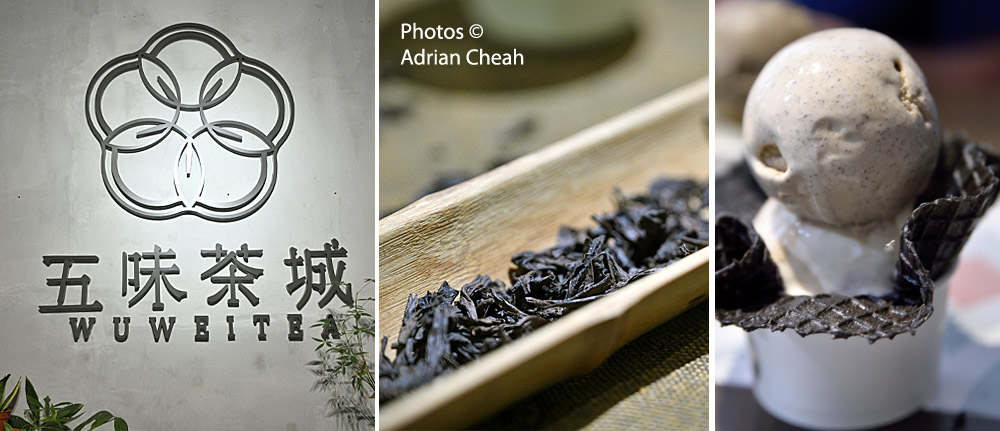
Located at one of the charming heritage shophouses at 31, Lorong Prangin, Wu Wei Tea offers creamy and smooth tea-based ice creams as well as handcrafted brews. Its ice cream flavours are divided into three main categories – tea-based, nut-based and fruit-based, allowing patrons to explore a variety of refreshing options. This unconventional tea house has found a way to marry the timeless elegance of tea with the playful delight of ice cream – an unexpected, yet harmonious combination.
Continue Reading
Flavours of tradition: the timeless charm of Madam Tan’s Hailam Char
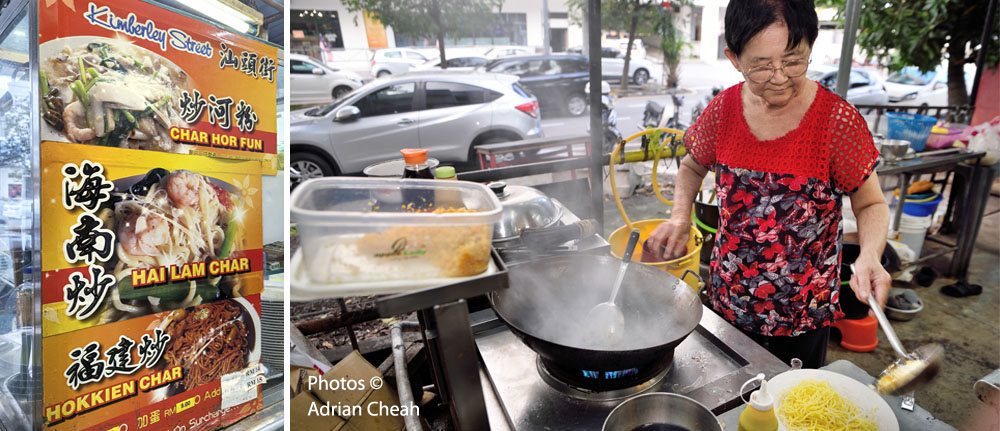
Tucked at the back of Jelutong Sunshine Kopitiam is an unassuming noodle stall run by the ever-friendly Madam Tan Saw Guat and her daughter. Here, they serve up a humble yet heart-warming dish – Hailam Char (Hainanese stir-fried noodles) – that is as comforting as it is delicious, a true taste of nostalgia for anyone who appreciates authentic flavours.
Continue Reading
Taste and tradition reimagined at T Palace Modern Cuisine
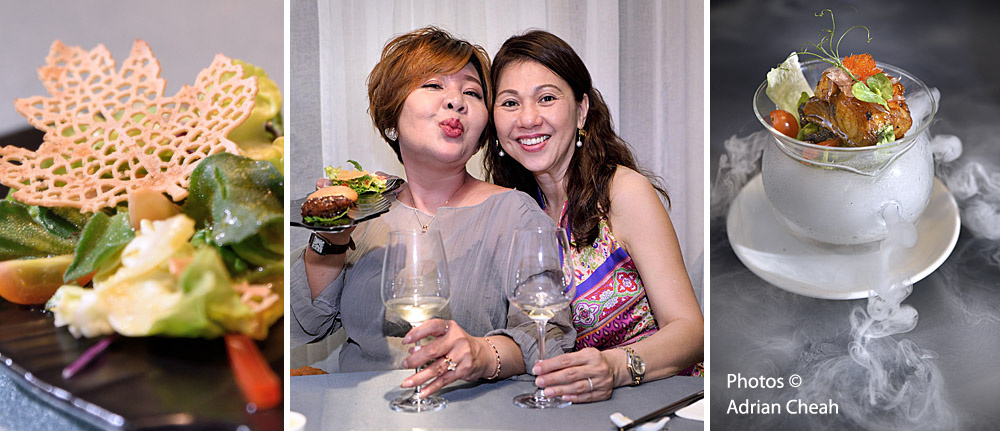
"Life is a grand adventure, or it is nothing." – Helen Keller.
At T Palace Modern Cuisine, the rich legacy of Chinese cuisine unfolds with an avant-garde flair, a culinary haven where tradition coalesces with innovation, and familiar and new flavours intertwine in a symphony of taste. Impeccable quality and daring offerings breathe new life into classic recipes, each dish a visual and gastronomic revelation. Crafted by a creative team of talented chefs, my friends and I discovered this hidden gem, this banquet of delights, in Bukit Mertajam, Penang.
Continue Reading
Sri Bahari Hainan Chicken Rice – legacy on a plate

Hainanese chicken rice is an uncomplicated dish that comprises succulent poached chicken and aromatic rice cooked with chicken fat and stock accompanied by a chilli dipping sauce and a bowl of clear chicken soup. Some vendors may also serve it with other condiments like a ginger dipping sauce or some thick soy sauce.
Continue Reading

